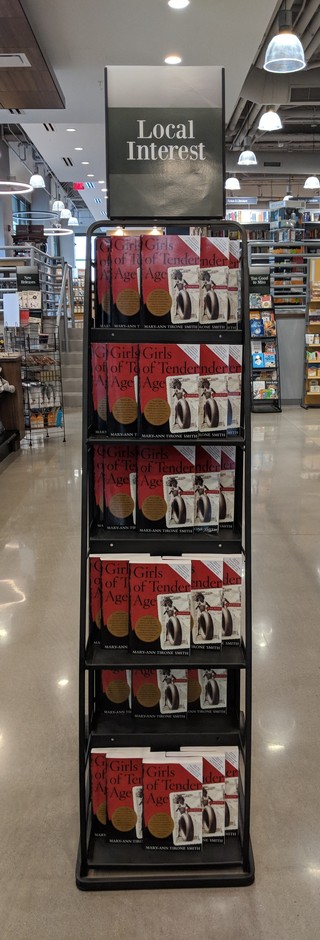
"It is a very, very important step of an industry that has been very competitive." "In terms of scale, this is huge," she said. Nina Link, president of the Magazine Publishers of America, the industry group running the marketing campaign, said a joint effort of this magnitude is new to the magazine world. Last month the magazines boldly crashed a major TV party: the annual "upfront" in New York during which networks present their fall lineups and fete advertisers.Īs ad execs arrived to watch ABC showcase its coming shows in the hopes of luring advertisers, they were greeted by groups of magazine reps in bright-colored T-shirts blaring "We'd be LOST without our magazines" and "We're DESPERATE for our magazines" - puns on ABC hits "Desperate Housewives" and "Lost."Īnd the magazine industry ran ads in The New York Times, The Wall Street Journal and various trade publications earlier this year using fake magazine covers to convey the message that the industry is here to stay. Magazine publishers, still not fully recovered from a severe slump in 2001, have signed off on a three-year, $40 million marketing campaign that is a first for their fiercely competitive industry. Other traditional media at risk of being drowned out by the din over the Internet and television are suddenly looking a lot scrappier. "Now they're trying to make sure they all have a seat at the (advertisers') table," said Fries. Today radio station owners recognize that their main threats are external. "The industry used to compete with itself," said Gary Fries, the president of the Radio Advertising Bureau and co-chairman of the research group, the Radio Ad Effectiveness Lab. Its backers include the country's two largest radio operators, Clear Channel ( Research) and Infinity Broadcasting, owned by Viacom ( Research). The fact that the research firm even exists is a sign of how times have changed for the lumbering AM-FM radio industry, which is expected to see advertising dollars grow just 2 to 4 percent in 2005. While TV executives will likely dismiss the claims as flawed, the study is remarkable for another reason: it's the product of a $5 million-a-year, industry-funded research group whose mission is to help radio station owners combat the growing popularity of subscription-based satellite radio and the iPod portable music player, among other competitive new technologies.

On Tuesday a radio industry group released the findings of a new study purporting to show that a 30-second radio spot promises advertisers a far better return on investment than a 30-second television commercial.

The radio industry, whose main goal is not to entertain but to help companies build consumer awareness through advertising, has discovered it's got an image problem - and it's fighting back.įacing sluggish growth and the perception that traditional radio is on the decline, AM-FM radio operators are banding together in ways that once were improbable.


 0 kommentar(er)
0 kommentar(er)
